Another visit organized by Fermin. As we are really getting into the artisan world, this time he has arranged for us to visit a cheese shop to learn the process of making cheese. This will be a cheesy and smelly post. Are you ready?
If you have been following our travels, you know by now that, as well as wine lovers, we are also cheese lovers. As well as eating cheese, we also wanted to learn how it is made.
The shop is in the village where Fermin works, Pedrazas de San Esteban, south of Valladolid. It is called ‘La Cruz del Pobre’ (www.lacruzdelpobre.es). The visit has been arranged at 19.00. He is working tonight, so his friend, Carmen, will take us there.
Once we arrive at the shop, Lalo, one of owners welcomes us warmly. He has just now finished cleaning. Now, it is all bright, shining, ready for our tour. Still the cheesy smell is overwhelming. He takes us to the main room, where the cheese is actually made.
He gives us a brief introduction to the history of the business. His family has always farmed sheep. His grandmother used to make cheese mainly for the family. A few decades ago, her descendants decided to make their living out of it. Lalo is running the business with his brothers and his father. They have been quite successful to the extent that they have won a prize at an International food and wine festival back in 2010. What is their secret? We are dying to know.
Before getting into the detail of the making process, he runs through the raw materials. They make cheese from their own sheep. Curiously, they don’t farm any Spanish species since they produce high fat, low protein milk which lowers the quality and flavour of the milk. Therefore, they farm a species from Holland.
They milk the sheep twice a day and transport it, in trucks, to the factory. The milk is poured into the big container by pipes in the machine below, where it is heated to 25 degrees.
Soon after they pour the ‘cuajo’.
I don’t know what the ‘cuajo’ is. Lalo explains that in the old days, people used to travel by foot or horse and they used to take milk to drink with their food. They needed robust containers to keep the milk fresh and cool for long periods of time. What did they end up using? Sheep stomachs. They soon discovered that the milk got changed. It went solid in these stomachs. To their delight, they found out that it actually tasted quite nice. They had discovered a new food! Cheese.
The ‘cuajo’ is a liquid which is found within the stomach. It is still necessary for the production of cheese today. In fact, it is the most important ingredient after the milk and its quality could severely affect the flavour of the cheese.
When the cheese is made, it gets stirred, sliced and pressed with big blades, wires and sieves to suck out any liquid (suero) left. The aim, to make the cheese a solid texture.
The stirring process must last as long as it takes until the liquid eventually disappears. The liquid is gradually drained out of the cheese making machine through a pipe located at the bottom and it is then used to make other diary products such as yogurts or ‘cuajadas’ (a typical thick and sweet Spanish type of yogurt).
The drained cheese is spooned into these plastic containers.
They are then taken to a press where, once more, they will be squeezed to extract any remaining liquid. This is the final press. The cheese can stay here for up to two hours. Many cheeses, up to twenty, can be squeezed at any one time.
We now move to the final process: salting the cheese, but before that it is taken out of the plastic container and wrapped with this absorbent cloth. This cloth will keep the cheese together and speed the curing process. It will also suck out more moisture.
To salt the cheese, the pieces are bathed in this swimming pool of brine. They will be left here overnight.
Lalo shows us the cheeses made that day, around twenty pieces.
He has kept one floating on the water so that he doesn’t forget taking them out the next morning.
The next day, the cheeses are taken to another room for the curing process. Gosh, this room is bloody cold and smelly!
They are really starting to get their distinctive aromas now, it is pretty overpowering.
These are the young cheeses they produce. They will be kept here for around a month.
Another cheese they produce, the ‘semi-curado’, will be kept here between three to four months. The final type, the ‘curado’ cheese, the strongest, needs to be here for around nine months.
As the cheese dries, the rind becomes solid and rugged, achieving an orange colour.
When the desired level of maturity is achieved, the cheese gets wrapped in plastic, and taken to the store room for delivery.
Now the cheese tasting. First to try, his youngest and then the ‘curado’. Unfortunately, no taste of the ‘semi-curado’, the one which he won this prize for. He didn’t have any ready for tasting. Shame we will need to return!
We like strong cheeses so guess which one we have bought. The ‘curado’. It is delicious, “Why did you win the prize with the ‘semi-curado’ cheese and not this one?” I ask him.
He explains that achieving a relatively a strong ‘semi-curado’ can be very difficult. The flavour of the cheese gets stronger with time but “you don’t have much time to make ‘semi-curado’” he says. The established times of maturity for this cheese is a maximum of four months. After this it must be called ‘curado’. Therefore, knowing how to play with flavour within that short amount of time is the key, “and I won’t tell you what this secret is”, he jokes ![]()
We have exchanged addresses. He will put our site on his facebook page and we will talk about this interesting experience on our site.
If you are a cheese lover and have the luck to visit Pedrazas do not hesitate to pop into his shop, it is well worth it!
Lalo, thanks very much for spending so long with us. Good luck and we hope you win another prize if another competition gets organized next year.
The cheese was indeed lovely, but I was also shocked by the cost at €7 per 250gms, €12 per kilo. While I appreciate that this is an artisan product I am still surprised that people are willing to pay these prices. You do get a similar thing happening in the UK. Farmers markets, organic vegetables and the like are all able to hike up their prices, but not to this extent.
Our experience seems to be that in Spain the producer tries to get the maximum price you possible can. At ‘bodegas’ Emina, in Medina del Campo, Valladolid, they have started to produce olive oil. It is very nice. Their strategy, put it in the market really high. It is a quality product! It was an eye watering €30 per litre. Now if you price something that only a prince from an Arab state can afford to buy, you are definitely going to impact on the amount you sell.
Now it does appear that the Spanish consumer directly equates cost with quality. High cost will ensure this is a better product. I do not want to appear cynical, but this is not always the case. You might want to take a few moments to consider whether you are being fleeced, ripped off or taken for a ride.
I believe that this is the main reason why Spanish products are not being exported to the extent that they should be. They are simply overvalued. Those that are producing them do not do the market research to determine where they sit in the market, and what their true value really is.
Everything has a value. In the UK we get olive oil form all over, but mainly Italy. Now I don’t think the Italians consider their product inferior, sub-standard or cheap tat. If you asked them I think they would say it is the best, just the reaction you get in Spain. But, a big but, they value the product at a level which the British consumer is willing to pay. If you saw a bottle from Spain at three times the cost, and it tastes the same, what would you put in your shopping basket? Don’t forget there is no allegiance here to any country, no patriotism.
Similarly in Ribera de Duero, Manolo says the wine is more expensive and better. Is it? Some is, some is not. It is different from Rioja, less traditional, less strong, more French. It is also more mass produced, more mechanical, using more modern techniques. The quantity of grapes taken from the vine are broadly similar to that of La Rioja. You would expect that, all things being considered, the modern techniques would lower costs.
It is counter intuitive to the market that it will increase costs, unless the land values is vastly more. I think, what is going on here is greed and gullibility. In times of austerity, maybe it would be worthwhile for the Spanish consumer to look carefully at where they spend their hard earned euro. This may then impact on how the producers value their products, which could lead to more being exported. GDR
SM & GDR.

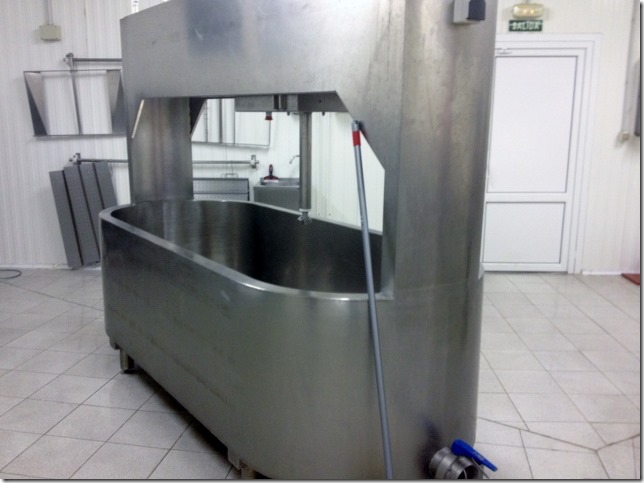
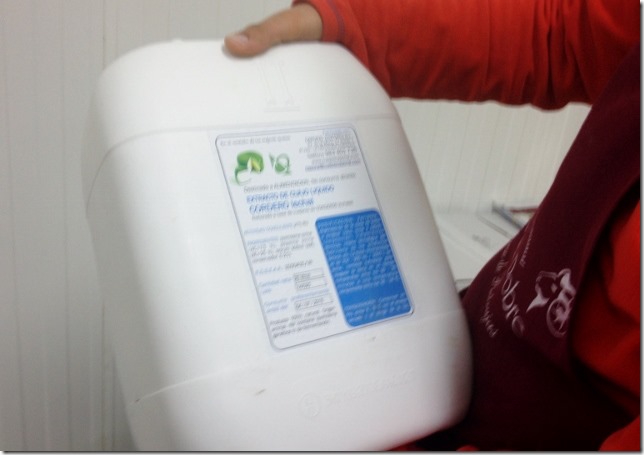
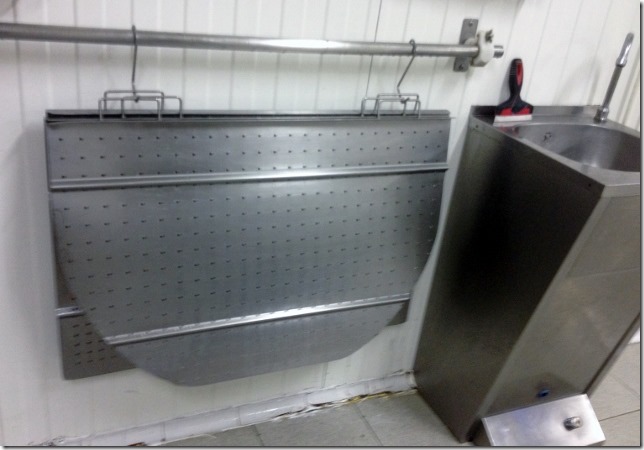
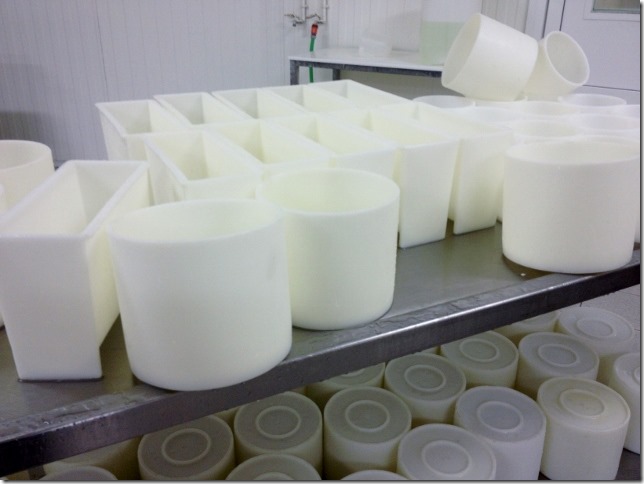
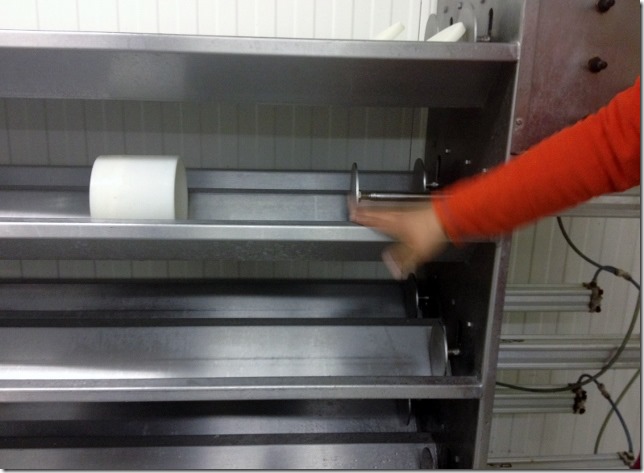

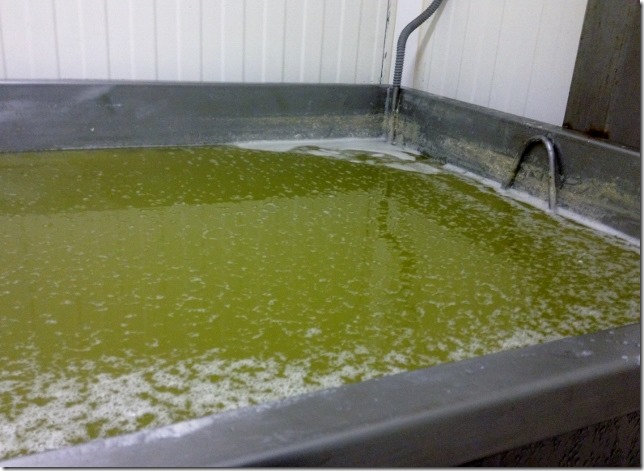
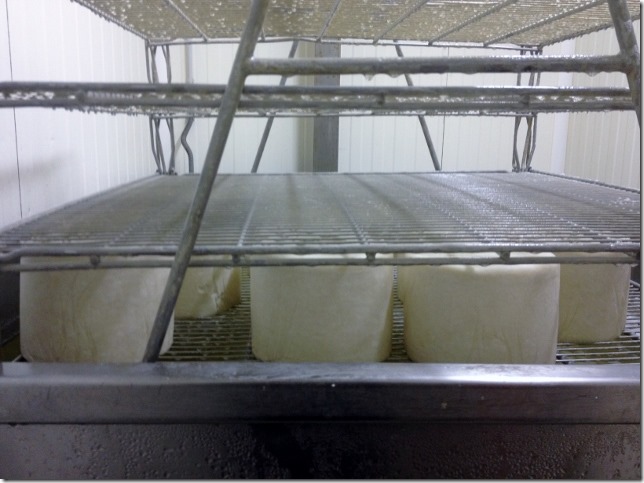
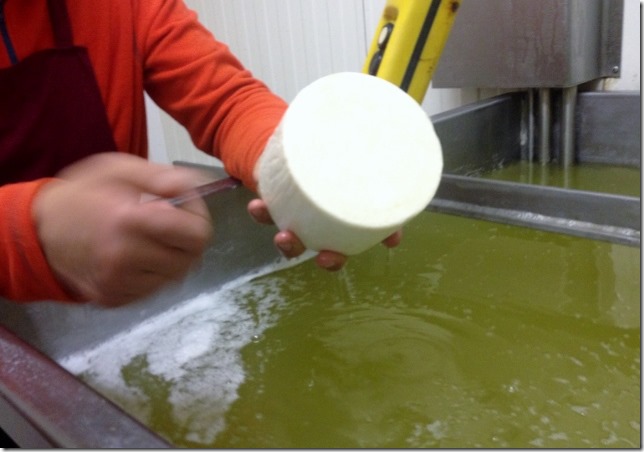
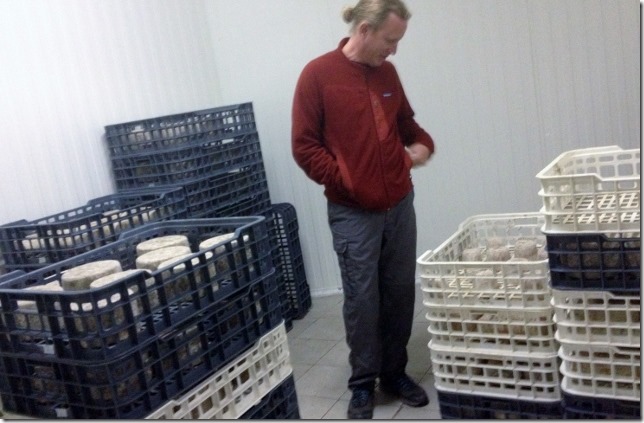
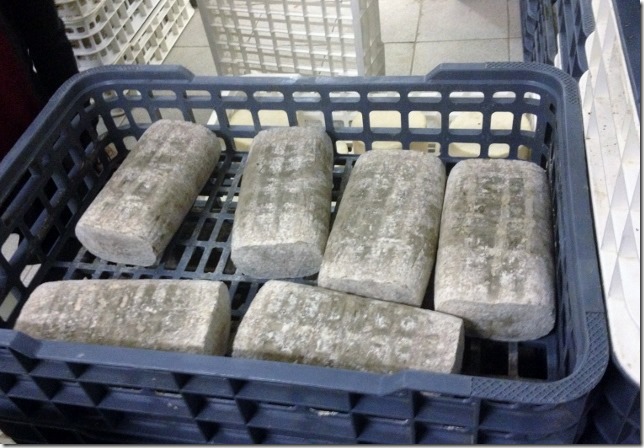


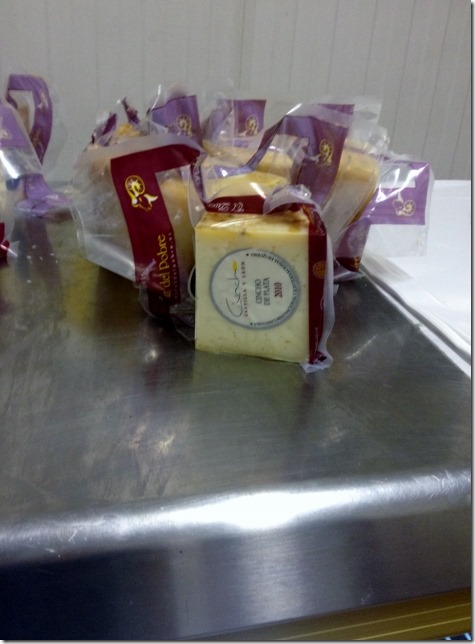
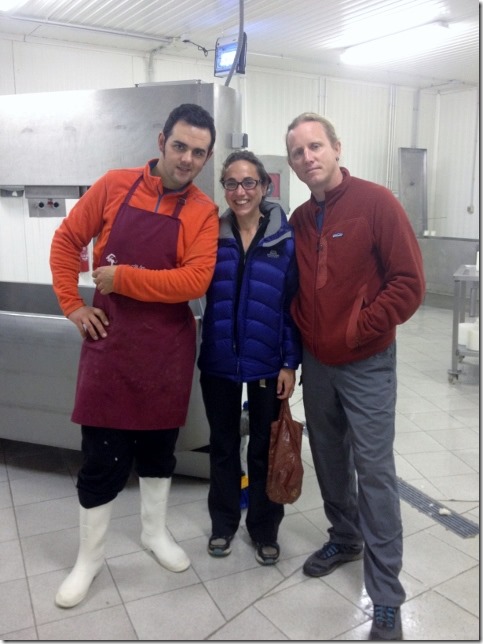






Interesante la forma de elaboración, personalmente solo he visto hacer el tierno de cabra, tipo ” Burgos” de forma manual, pero no tiene que ver nada con estos.
Soy amante del queso!!!!!!!!!! tanto que me alimentaría solamente de ello.
ya lo se. Te hubiera gustado estar alli!
ya lo se. te hubiera gustado estar alli!!